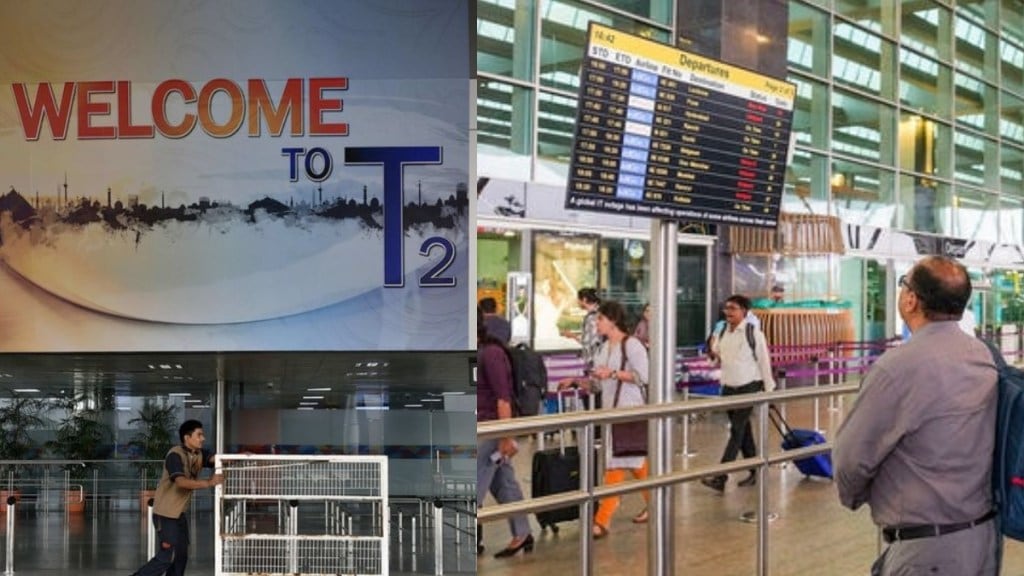Delhi Airport’s Terminal 2, the oldest terminal at Indira Gandhi International Airport, is all set to reopen on October 26, after being shut for more than five months. The terminal has been given a major facelift with modern features and several passenger-friendly facilities, according to the GMR Group that operates the airport.
The reopening of T2 will begin along with the winter schedule of flights. The terminal, which was originally built by the Airports Authority of India 40 years ago, was closed in April 2025 for upgradation after Terminal 1 resumed operations.
120 domestic flights to operate daily
Starting from the night of October 25–26, around 120 domestic flights will be handled from the revamped T2. The flights will be operated by IndiGo and Air India. Authorities said this move will not only ease flight operations but also enhance the overall travel experience for lakhs of passengers.
Key upgrades at Delhi Airport T2
The upgraded T2 has been designed to make travel faster, smoother and more comfortable. The new Self Baggage Drop (SBD) facility allows passengers to check in their luggage on their own. By simply scanning the boarding pass, tagging the bags, and placing them on the belt, travellers can save time and avoid long queues at check-in counters, according to the official press release.
T2 will also have six new Passenger Boarding Bridges with advanced autonomous docking technology, the first of its kind in India. These bridges will help passengers get on and off planes faster and more safely. They include wheelchair-friendly ramps, adjustable cabins, and extra safety cushions.
The terminal now has a modern look with stylish ceilings, skylights that let in natural light, and better flooring for comfort and durability.
Delhi Airport T2 now has a new high-resolution Flight Information Display System (FIDS) that shows real-time flight updates accurately, making travel easier for passengers. The terminal also has new signs to guide passengers clearly, with special attention to making them easy to use for people with reduced mobility (PRM).
